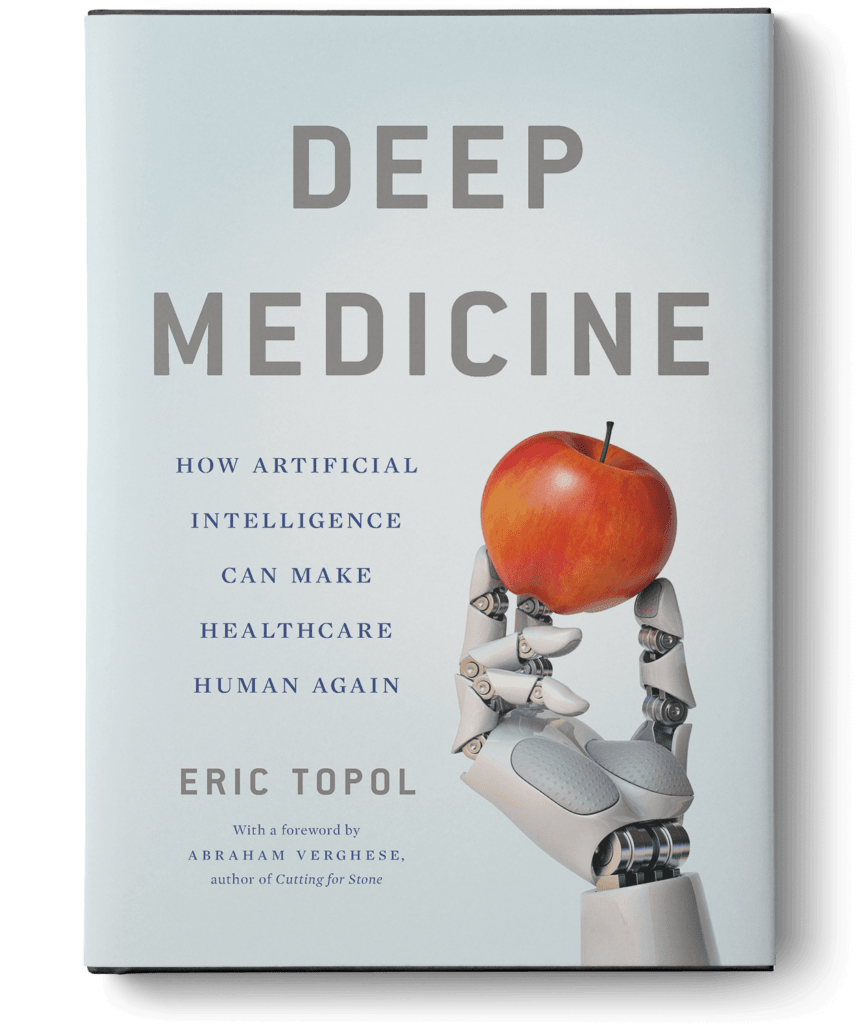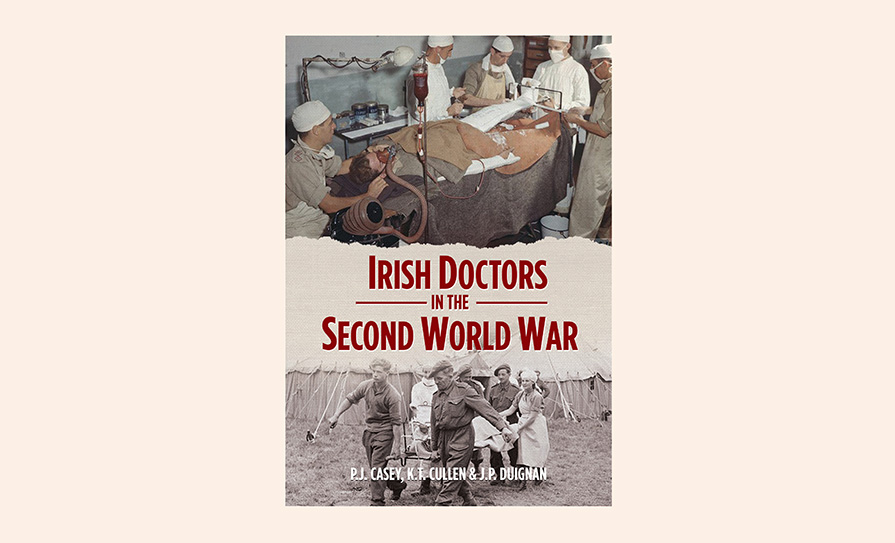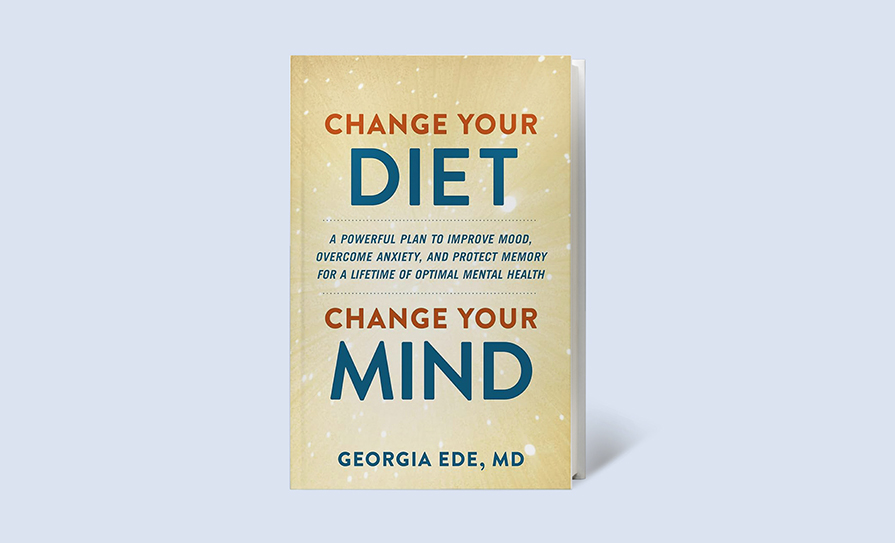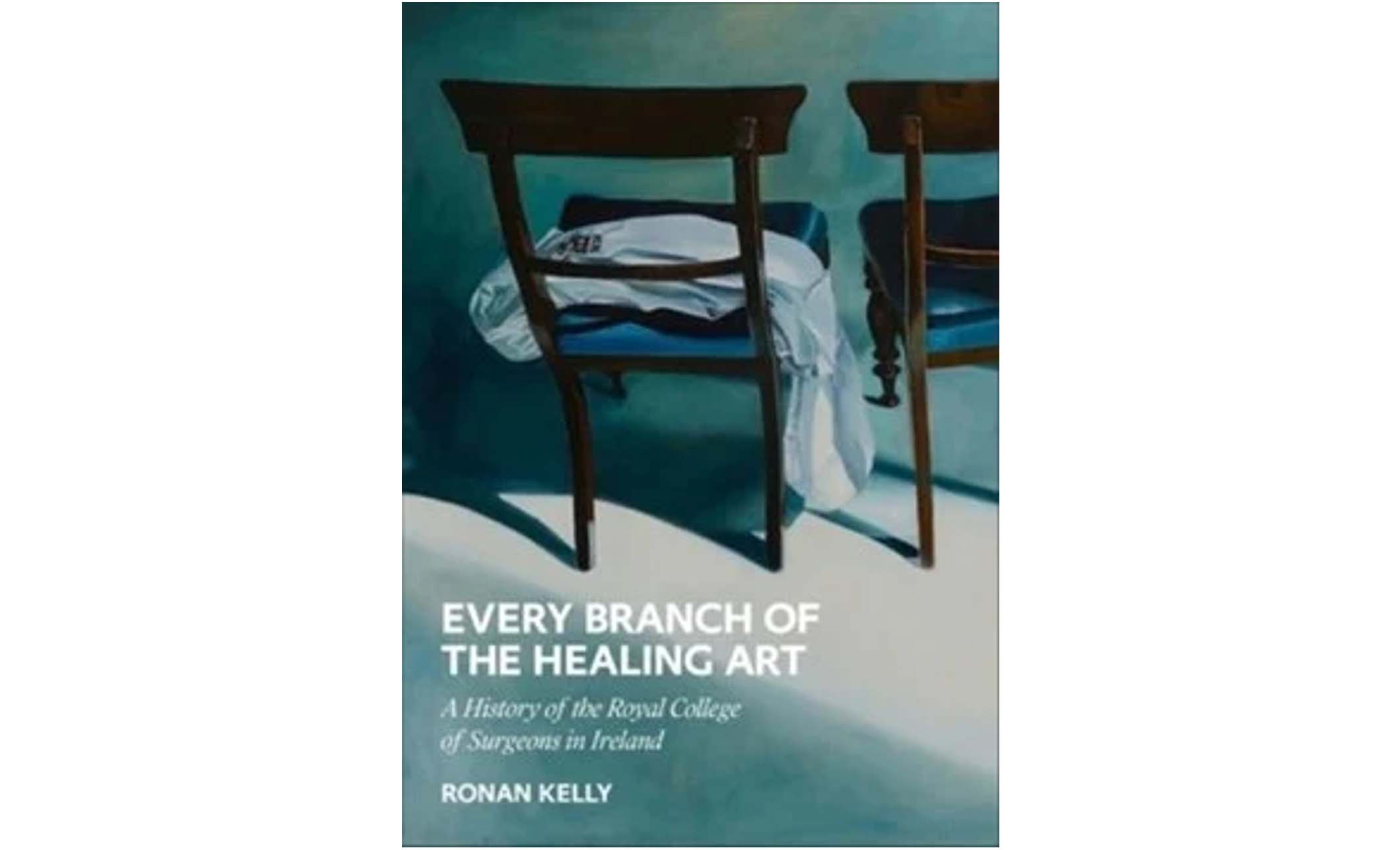Title
Deep Medicine: How Artificial Intelligence Can Make Healthcare Human Again
Author
Eric Topol
Publisher
Basic Books, New York
Reviewer
George Winter
Someone who can apply common sense in the face of complexity deserves to be taken seriously and when it comes to the role of artificial intelligence (AI) in medicine, common sense is rare, being common only to relatively few. One of them is Prof Eric Topol. Another is the pioneering Irish consultant ophthalmologist Dr Pearse Keane, who makes a cameo appearance in Deep Medicine, having been visited in 2018 by Topol to learn about a retinal image-reading algorithm developed by Keane at London’s Moorfields Eye Hospital in collaboration with DeepMind AI. The algorithm facilitated the assessment, by optical coherence tomography, of more than 50 different retinal diseases and can make diagnoses and referral decisions, which are as good as those made by leading ophthalmologists.

Such is Topol’s skill at unfolding this finely-crafted 312-page narrative (with 712 references), that my well-entrenched prejudice against the rise of AI was first reinforced, then challenged, then finally demolished. Thus, by page 29, Topol was citing one Harvard medic’s view that “[t]he electronic medical record has turned physicians into data entry technicians”. By the time I’d read the first three chapters, I was recalling what the author JG Ballard (1930‒2009) said about the Apollo moon mission: It was “[t]he first demonstration, arranged for our benefit by the machine, of the dispensability of man”. And by the end of chapter four, at least one grim-faced reader was certain that the dispensability of medics is a foregone conclusion; that ‘the machine’, turbo-charged with AI, is the (dis?)embodiment of benevolence; and that modern medicine’s remaining challenge is to find a supplier of white coats that can fit the scanners, sensors and assorted telemetry that comprise our physicians-in-waiting, and which are in a warehouse near you, all eager to get going.
However, by the end of the book, I was not only reassured about the shifting technological landscape which medicine is now exploring, but optimistic for a future — indeed, a present — where the exploitation of AI in the service of medicine can be undertaken with the understanding that there is a firm set of human values at its core; values, moreover, keenly championed by Topol.
Deep Medicine opens with the reader sitting in on a consultation between Topol — who has undergone a total knee replacement — and his orthopaedic surgeon, who recommends antidepressants for the author’s mental anguish brought on by intractable pain caused by following his prescribed vigorous physical therapy (PT). Topol’s wife helps him discover he has a rare complication called arthrofibrosis, which is exacerbated by strenuous PT, and he observes that “AI could have predicted that my experience after the surgery would be complicated … [a] virtual medical assistant, residing in my smartphone… could warn me… of the high risk of arthrofibrosis that a standard course of PT posed”.
For this reviewer, whose seldom-thumbed Computers for Dummies is as impenetrable as Newton’s Principia Mathematica, Topol provides a brief history of AI and clear definitions that even I could grasp. For example, the term ‘AI’ was first coined in 1955, and it is defined as “the science and engineering of creating intelligent machines that have the ability to achieve goals like humans via a constellation of technologies”. Topol’s explanation of deep neural networks — which, he argues, are attributable to much of AI’s present-day momentum — likens their structure to a club sandwich turned on its side: “But instead of the static bacon, lettuce and tomato, we’ve got data moving through layers of computations, extracting high-level features from raw sensory data… ”
How are such networks being applied at a practical level? In chapter six, titled ‘Doctors and Patterns’, we discover how, in 2017, American computer scientists had used a neural network of 121 layers that had learned “… from more than 112,000 films imaged from over 30,000 patients, [and] the team concluded its algorithm ‘exceeds average radiologist performance on pneumonia detection’.” Topol points out, however, that the comparison was only for four radiologists, and there were serious misgivings about the methodology used, so we cannot yet conclude, as Topol puts it, “that radiologists are an endangered species”. On the other hand, he floats a question-mark over the possibility by quoting cognitive psychologist and computer scientist Geoffrey Hinton, who likens radiologists to the cartoon character Wile E Coyote: “You’re already over the cliff, but you haven’t yet looked down… People should stop training radiologists now.”
AI’s relationships with diet and mental health are also considered, and Topol highlights, for instance, how Instagram photos have been used as diagnostic aids. For example, in 2017 researchers used deep learning — whereby algorithms facilitate software to train itself — to differentiate depressed from healthy individuals with an accuracy of 70 per cent, compared to 50 per cent for GPs.
Deep Medicine’s final chapter, ‘Deep Empathy’, underlines the fact that “[e]mpathy is the backbone of the relationship with patients” and is “crucial to our ability to witness others who are suffering”. AI can be harnessed to allow empathy to flourish, and Topol, with his common sense underpinned by a formidable intellect, shows how it can be achieved.












Leave a Reply
You must be logged in to post a comment.